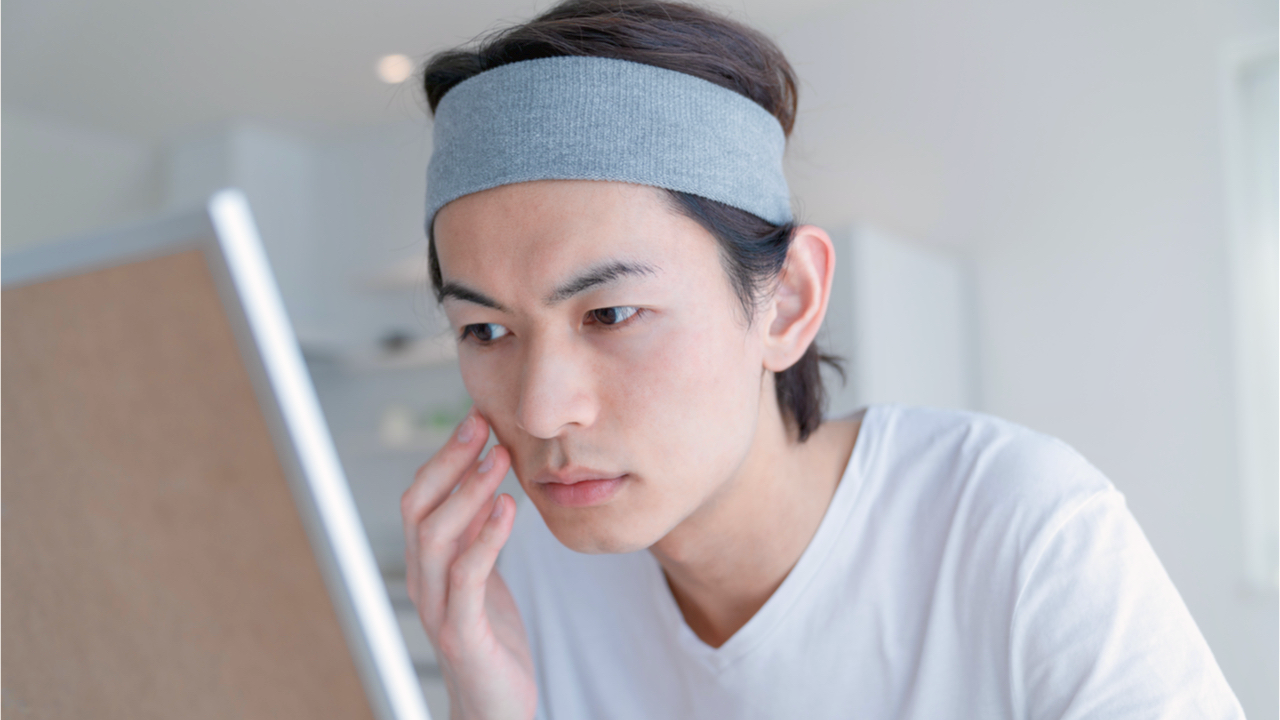The beauty industry in China is thriving, and Euromonitor International estimates that the beauty and personal care market in China will reach $62 billion by 2020. The global beauty market is also seeing favorable numbers, so the segment is sure to bring incredible opportunities to luxury retailers worldwide. Cosmetics and personal-care are the current high-demand sectors, but there are still some trends that retailers should consider if they want to increase their global profit margin. But first, luxury beauty players need to understand Chinese consumer demographics and the new market shift toward younger, brand-savvy buyers.
The modern Chinese beauty consumer is no stranger to switching brands, as they’re less loyal than older generations. This analysis is supported by the China Insight Report: The New Face of Beauty in China, which was produced by Reuter: Intelligence. The luxury intelligence platform “performed qualitative focus group discussions, smartphone-enabled ethnographies, big data analytics, and a quantitative online survey of over 300 consumers across first-tier cities Shanghai, Beijing, and Guangzhou.” The results concluded that over 60 percent of the respondents were very curious about niche brands, so despite their established record of credibility, big international retailers should be wary of this characteristic. But there are other difficulties that international brands need to overcome in China today, so they must understand the following trends:
Chinese brands are seeing positive momentum#
According to research by HKTDC, domestic brands now own 56 percent of the Chinese market, a sizable gain due to homegrown brands expanding into Tier-2 and Tier-3 cities. Moreover, WWD mentions that best-selling brands like Pechoin (skincare), Chando (skincare), and One Leaf (facial masks) ranked as top-10 Singles’ Day sellers in 2017, despite their relative anonymity in the West. China’s cosmetics market is progressing because consumer preferences are constantly changing, and local brands have an edge in understanding consumer needs. Thus, international brands need to show an ongoing commitment toward excellence and innovation in the beauty market.
The male segment is seeing unprecedented growth#
A study conducted in 2015 by Statista shows that Chinese men spent an average of 2.2 hours a week on grooming, while women dedicate around 3.8 hours on average. Tao Yi Xue, a consumer analyst with Cinda Securities, believes that as male moisturizers, creams, and lotions have grown in popularity, China has entered a “male beauty era,” and beauty brands would be wise not to neglect this highly lucrative segment.
The rise of new aesthetic trends (and the fall of K-beauty)#
Until recently, China was all about South Korean beauty trends because of the popularity of K-Pop “boyband” music. Mintel estimates that the K-beauty industry globally amassed $13.1 billion worth of sales in 2018, and in the past, K-beauty was considered pure gold. But now, Chinese beauty buyers are flocking to domestic and Western brands. In fact, the South China Morning Post mentions that the popularity of America’s West Coast aesthetic has been on the rise in China. This change in consumer trends strongly relates to a search for authenticity, and consumers now want products that allow them to express their identity and individuality rather than the uniformity promoted by K-beauty. Emily Guo, a researcher at Cherry Blossoms, says that “K-beauty is about conformity and collectivism. It’s about always having the same: the same face, same eyebrows, same look.”
Livestreaming is the new norm in the beauty industry#
China’s beauty industry is pioneering new technologies that have helped brands better engage with their followers, such as VR exchanges to AR shopping features. This digital arena now offers next-level livestreaming, which connects beauty lovers to vloggers, industry experts, and other audience segments. As livestreaming becomes increasingly mainstream, younger consumers have turned to Douyin, Kuaishou, and DuoYu, to find peer-to-peer reviews, user-generated content, and influencer interactions. And since younger demographics are addicted to their mobile devices, luxury beauty brands must incorporate livestream marketing into their content marketing plans if they are serious about increasing customer engagement and conversions.
Minimal-ization#
According to research by Mintel, Chinese consumers “are pursuing color cosmetics products that come in smaller packaging or are effortless in their application.” Mini lip palette and lip gloss sets that include various shades and are sold in smaller packs, sample-size eyeshadow, and travel-size cosmetics kits are now prized products. The demand for sample size makeup comes from consumers’ desire to achieve “an authentic experience with the product prior to making the investment,” says Jaimee Given, marketing manager of Beauty, North America, Aptar.
Sari Sternschein, vice president of marketing, Qosmedix, believes that “consumers are no longer loyal to one brand. Millennials, especially, love to try a product and move on to the next.” Consequently, the “mini” segment is more in line with those demands and habits.
The rise of partnerships, acquisitions, and mergers between multinational brands and domestic players#
Multinational beauty brands still dominate the Chinese market but the winds of change are forcing these companies to revise their business strategies and seek out critical alliances to improve their positioning and speed up growth. For example, Johnson & Johnson acquired the Chinese cosmetics firm Dabao, and Coty Inc. acquired a majority stake in T-Joy. Naturally, well-known brands are still in high demand in China, but competition from emerging and domestic players is steadily growing. As a result, global players are pursuing partnerships and mergers with Chinese beauty brands as a way to satisfy ever-evolving consumer preferences and secure a larger market share.
